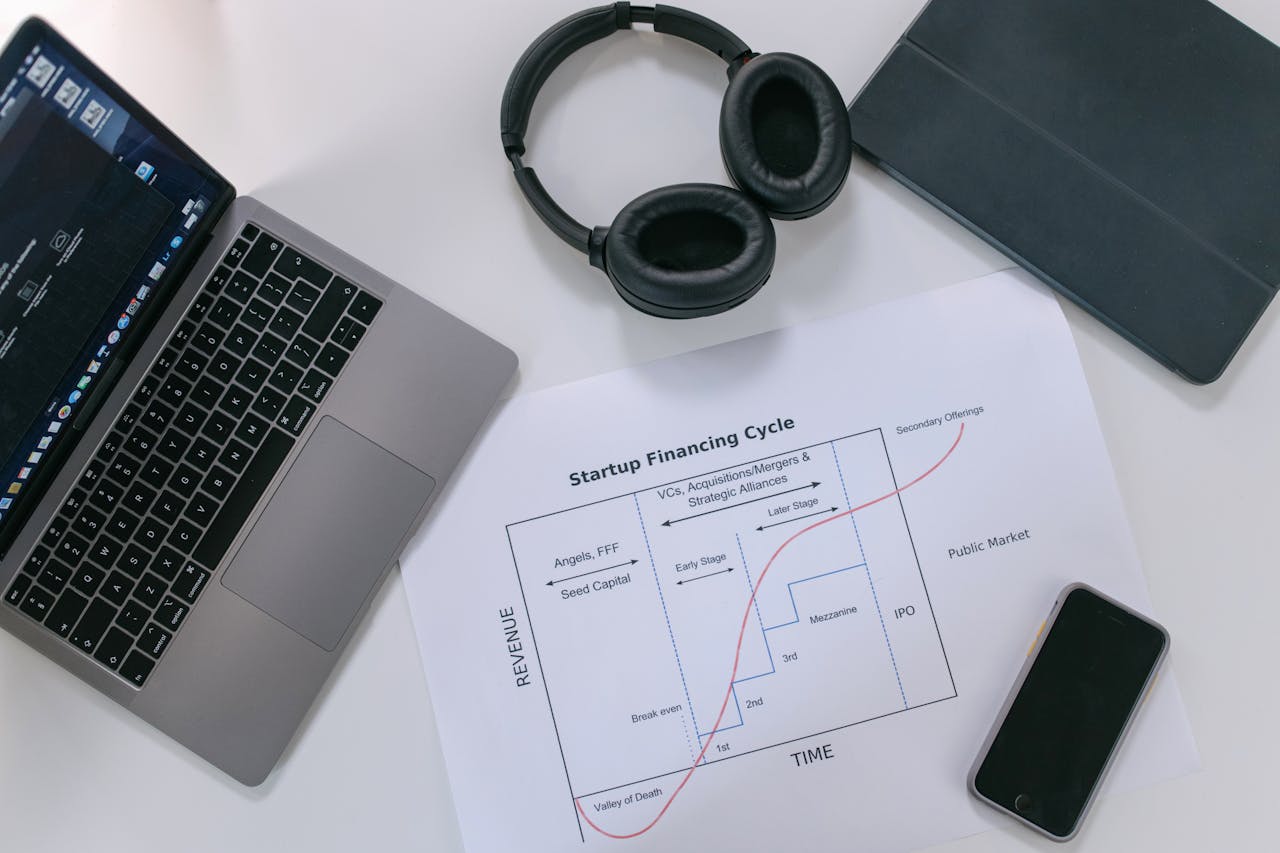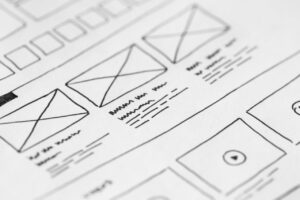- Introduction
- What is ROI?
- Importance of ROI in Business
- Overview of Strategic Branding and Design
- Understanding ROI in the Context of Branding
- Definition and Calculation of ROI
- How Branding Impacts ROI
- The Role of Strategic Branding
- What is Strategic Branding?
- Benefits of Strategic Branding
- Key Elements of Effective Branding
- Brand Identity
- Brand Positioning
- Brand Messaging
- Brand Experience
- The Importance of Design in Branding
- Visual Identity and Branding
- How Design Influences Perception
- Steps to Develop a Strategic Brand
- Conducting Market Research
- Defining Target Audience
- Crafting a Unique Value Proposition
- Design Principles for Strong Branding
- Consistency in Design
- Simplicity and Clarity
- Emotional Appeal
- Measuring the Impact of Branding on ROI
- Metrics to Track
- Tools for Measurement
- Case Studies of Successful Branding and Design
- Example 1: Apple
- Example 2: Nike
- Common Mistakes to Avoid in Branding
- Inconsistent Messaging
- Neglecting Customer Feedback
- Future Trends in Branding and Design
- Personalization
- Sustainability
- Tips for Small Businesses on a Budget
- DIY Branding Tips
- Affordable Design Tools
- The Role of Digital Media in Branding
- Social Media Branding
- Website and Online Presence
- Conclusion
- Summary of Key Points
- Final Thoughts on Maximizing ROI with Strategic Branding and Design
- FAQs
- How long does it take to see ROI from branding?
- Can small businesses benefit from strategic branding?
- What are the most important design elements for a brand?
- How can I measure the effectiveness of my branding efforts?
- What are some low-cost branding strategies?
Introduction
When it comes to business success, one metric stands out as a critical indicator: Return on Investment (ROI). Simply put, ROI measures the profitability of an investment relative to its cost. For businesses, maximizing ROI means achieving the highest possible return from their investments, including those in branding and design. But how exactly does strategic branding and design play into this equation? Let’s dive in and explore how you can maximize your ROI through effective branding and thoughtful design.
Understanding ROI in the Context of Branding
Before we delve into the nitty-gritty, it’s important to understand what ROI is and how it applies to branding. ROI is calculated by dividing the net profit from an investment by the cost of that investment. In the context of branding, ROI can be a bit more complex to measure, as it encompasses both tangible and intangible benefits. A strong brand can boost sales, increase customer loyalty, and enhance market positioning, all contributing to a higher ROI.
The Role of Strategic Branding
Strategic branding isn’t just about having a fancy logo or a catchy slogan. It’s about creating a cohesive and compelling brand identity that resonates with your target audience. Effective branding can differentiate your business from competitors, build customer trust, and ultimately drive revenue growth.
Key Elements of Effective Branding
- Brand Identity: This includes your logo, color scheme, typography, and other visual elements that make your brand recognizable.
- Brand Positioning: How you position your brand in the market relative to competitors. Are you a luxury brand or a budget-friendly option?
- Brand Messaging: The core message you want to communicate to your audience. This should be consistent across all channels.
- Brand Experience: How customers interact with your brand, from the initial contact to post-purchase support.
The Importance of Design in Branding
Design plays a crucial role in how your brand is perceived. Good design can make your brand look professional and trustworthy, while poor design can have the opposite effect. Visual identity, which includes your logo, website design, and marketing materials, needs to be consistent and aligned with your brand values.
Steps to Develop a Strategic Brand
- Conducting Market Research: Understand your market and what your competitors are doing.
- Defining Target Audience: Know who your customers are and what they want.
- Crafting a Unique Value Proposition: What makes your brand unique and why should customers choose you over others?
Design Principles for Strong Branding
- Consistency in Design: Ensure all your branding elements are consistent across all platforms.
- Simplicity and Clarity: Avoid clutter and make sure your message is clear.
- Emotional Appeal: Connect with your audience on an emotional level to build a deeper relationship.
Measuring the Impact of Branding on ROI
To measure the effectiveness of your branding efforts, track metrics such as brand awareness, customer engagement, and sales growth. Tools like Google Analytics and social media insights can provide valuable data.
Case Studies of Successful Branding and Design
- Apple: Known for its sleek design and innovative products, Apple has built a brand synonymous with quality and innovation.
- Nike: With its iconic swoosh logo and powerful “Just Do It” slogan, Nike has created a brand that inspires and motivates.
Common Mistakes to Avoid in Branding
- Inconsistent Messaging: Ensure your messaging is consistent across all channels.
- Neglecting Customer Feedback: Listen to your customers and adapt your branding accordingly.
Future Trends in Branding and Design
- Personalization: Tailoring your branding efforts to individual customers can enhance engagement.
- Sustainability: Brands that prioritize sustainability can attract environmentally conscious consumers.
Tips for Small Businesses on a Budget
- DIY Branding Tips: Use online tools to create your logo and branding materials.
- Affordable Design Tools: Tools like Canva and Adobe Spark can help you design professional-looking materials without breaking the bank.
The Role of Digital Media in Branding
- Social Media Branding: Leverage social media platforms to build your brand and engage with your audience.
- Website and Online Presence: Ensure your website is user-friendly and reflects your brand values.
Conclusion
Maximizing ROI with strategic branding and design requires a well-thought-out approach that considers all aspects of your brand, from visual identity to customer experience. By understanding the key elements of effective branding and implementing best practices in design, you can create a strong brand that drives business growth and maximizes ROI.
FAQs
- How long does it take to see ROI from branding?
- It can vary, but generally, you can expect to see results within 6-12 months as brand recognition and customer loyalty build over time.
- Can small businesses benefit from strategic branding?
- Absolutely! Effective branding can help small businesses stand out in a crowded market and attract loyal customers.
- What are the most important design elements for a brand?
- Key design elements include a memorable logo, consistent color scheme, and typography that reflects your brand’s personality.
- How can I measure the effectiveness of my branding efforts?
- Use tools like Google Analytics, social media insights, and customer surveys to track metrics such as brand awareness, engagement, and sales growth.
- What are some low-cost branding strategies?
- Utilize social media, create high-quality content, and use affordable design tools like Canva to develop your brand on a budget.




